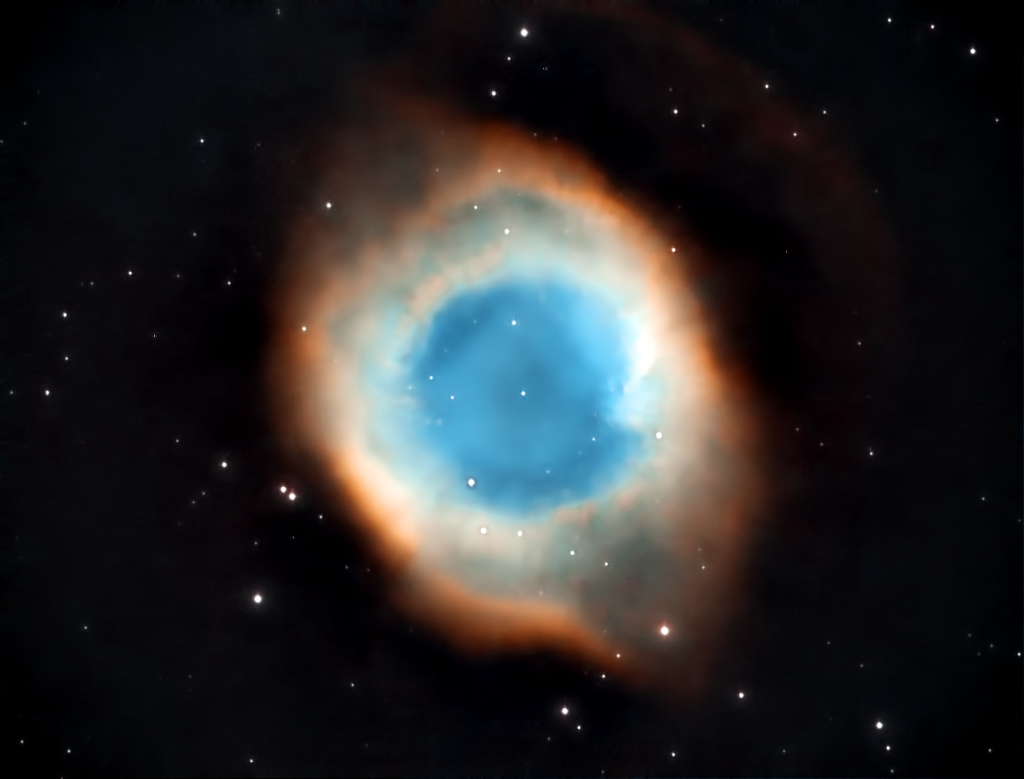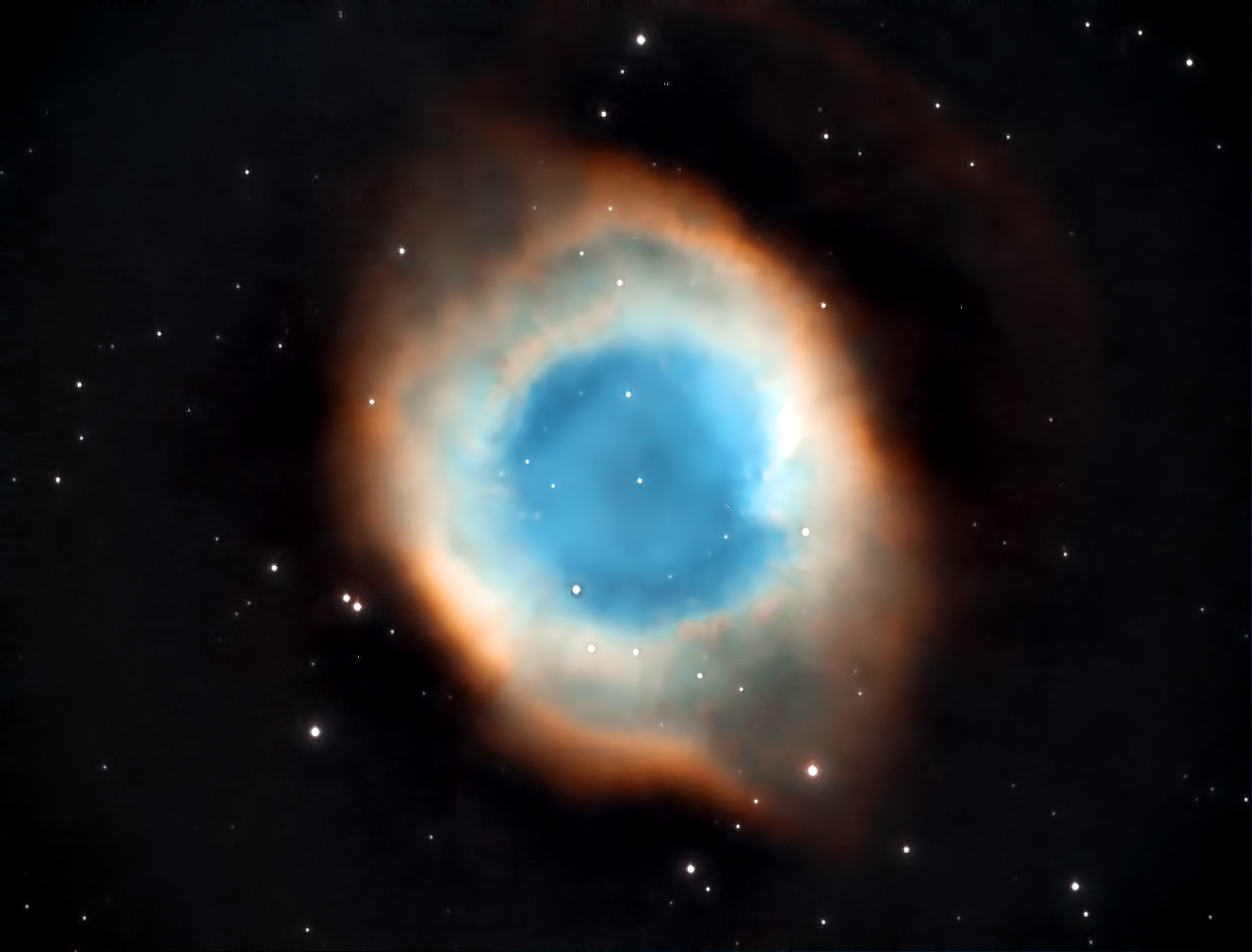
Similar Posts
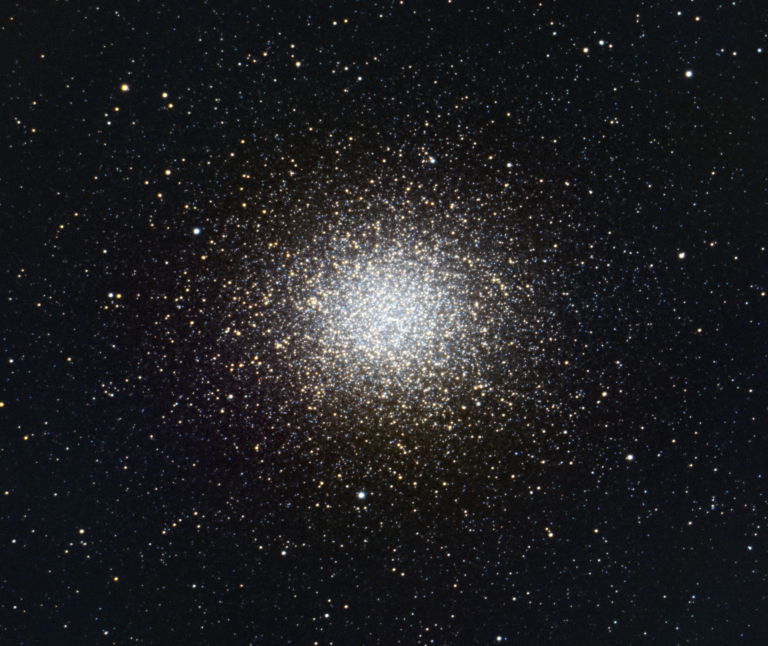
Omega Centauri – the biggest globular cluster, or is it something else?
This object was a real challenge to image. From central Florida, it only rises 13 degrees above the horizon, deep within the light-polluted murk of my Southern sky. Omega Centauri is a Southern hemisphere object, so capturing it from the Northern hemisphere requires effort. It’s worth it though – this is one of the most…
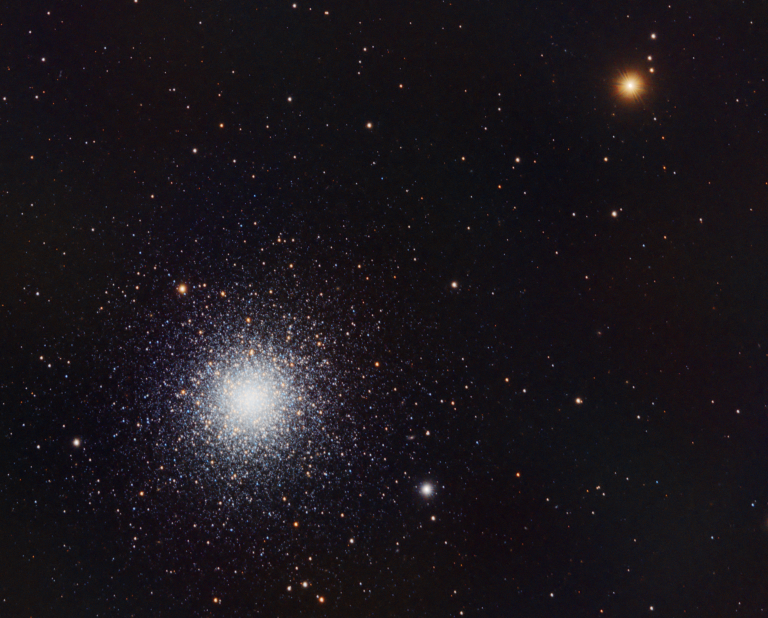
Revisiting globular cluster M3
Located about 34,000 light-years away within the constellation Canes Venatici, this tight ball of half a million stars formed just outside the disk of our galaxy – and so its stars never got mixed in with it. They’ve just been sitting there for over 11 billion years. One of the prettiest globular clusters in the…
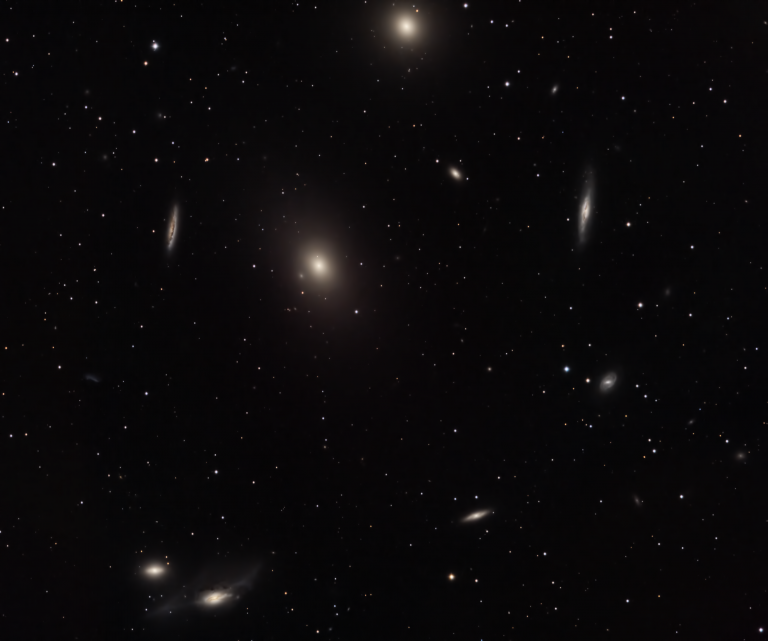
Markarian’s Chain
This is actually only a portion of a string of galaxies that make up the Virgo supercluster of galaxies, around 50-60 million light-years away.
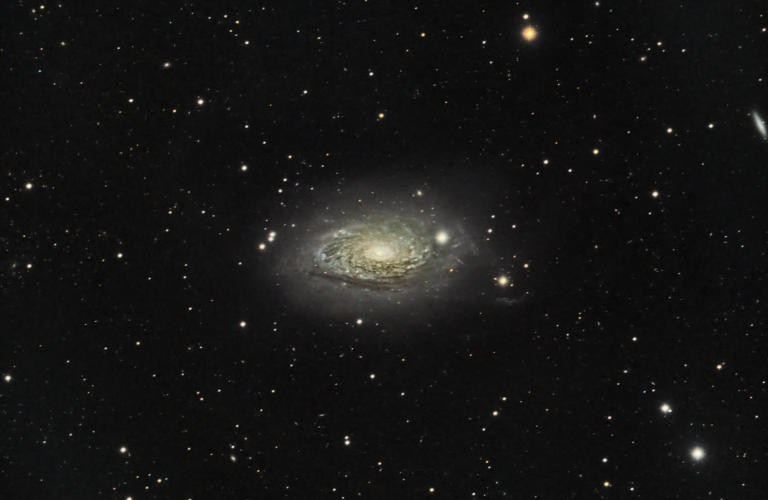
Revisiting M106 and the Sunflower
Now that our new backyard observatory is up and running, and we’re under darker skies than in our previous home, I’m revisiting some galaxies I’ve imaged before to see how things compare. Galaxies are tough… any amount of light pollution or moonlight really limits your ability to capture faint, wispy details. But the less light…
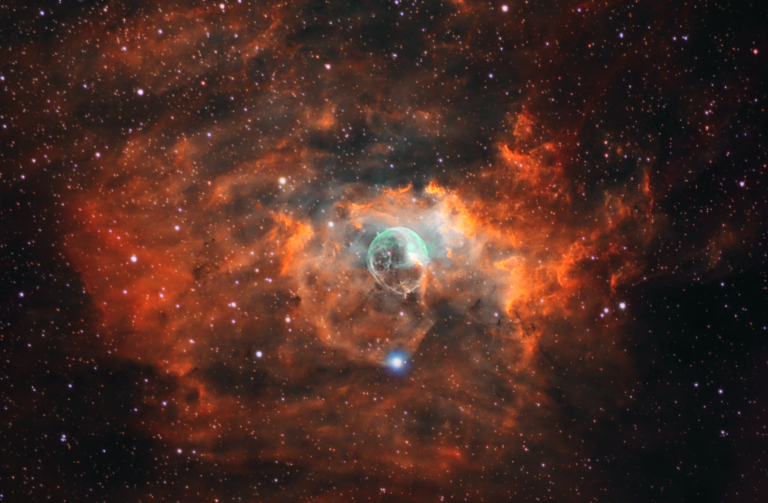
The Bubble Nebula, take… whatever
Every year I try and do a better job of capturing and processing the Bubble Nebula in Cassiopeia. Here’s this year’s attempt. The Bubble Nebula is one of my favorite objects. Not only is it interesting scientifically (the bubble is the stellar wind of a hot O-type star blowing away the surrounding gases,) it’s also…
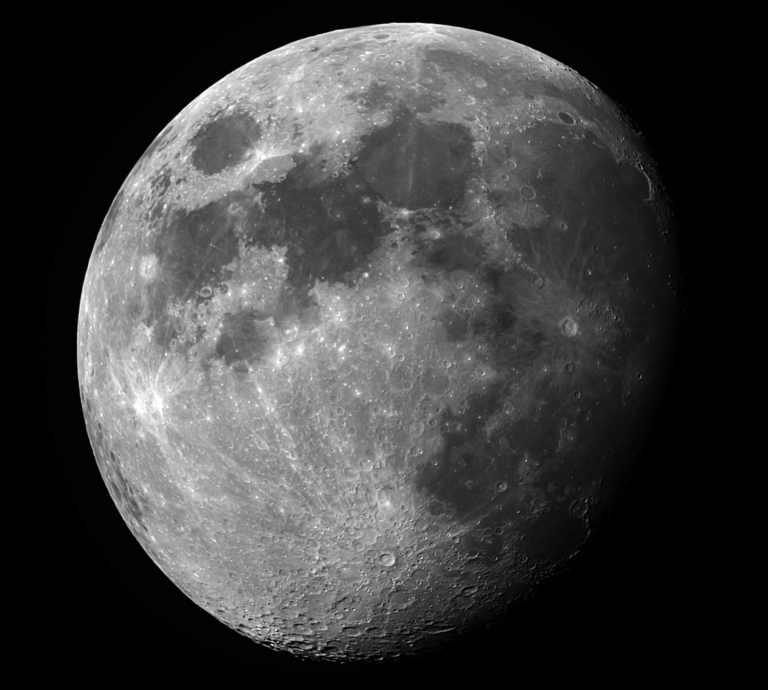
The Moon
Last weekend, I hosted an astrophotography workshop on lunar photography for our local astronomy club. Tonight the skies finally cleared, and I got to apply what was learned! Here’s our lunar neighbor, in hi-res glory.

